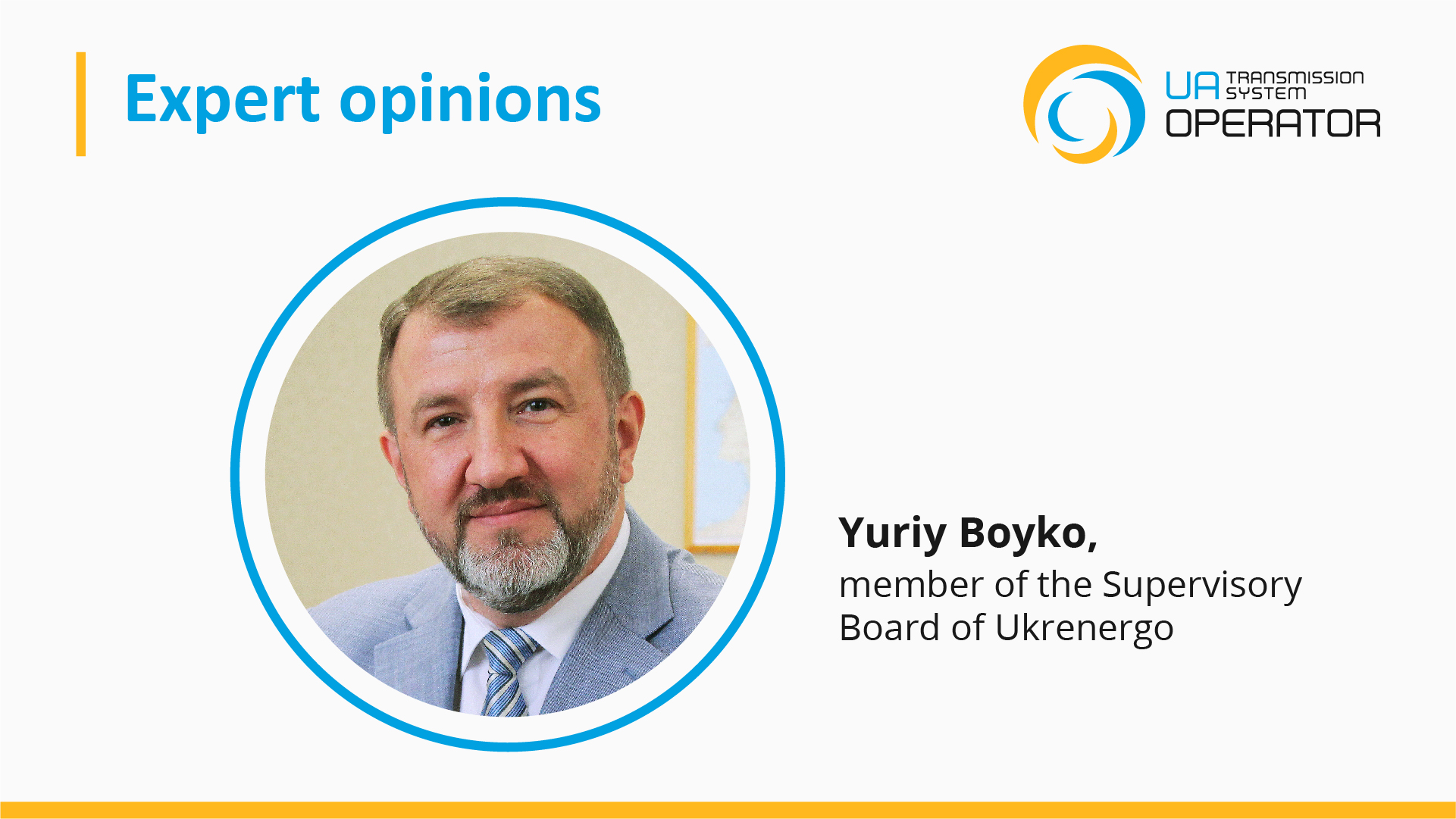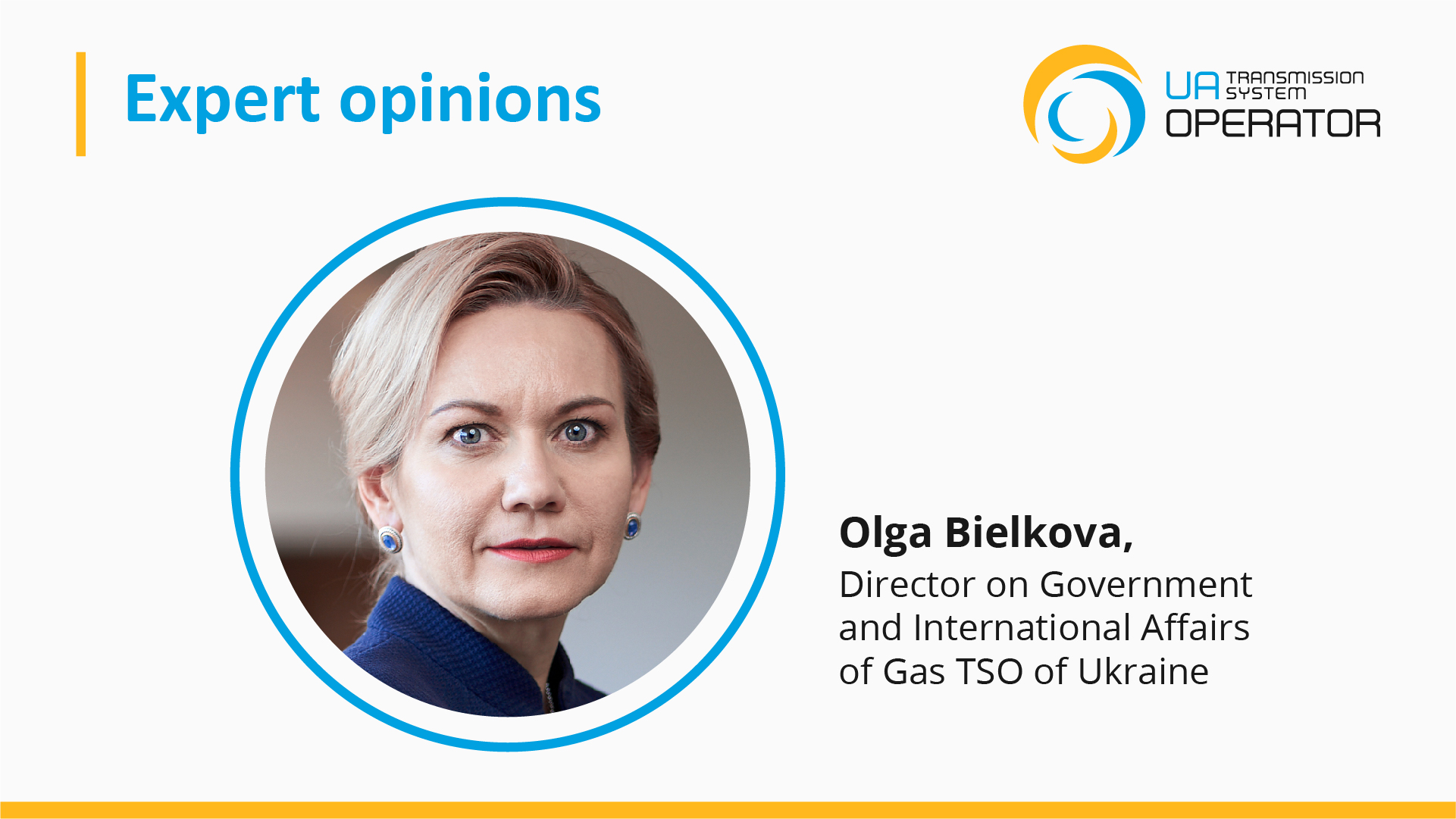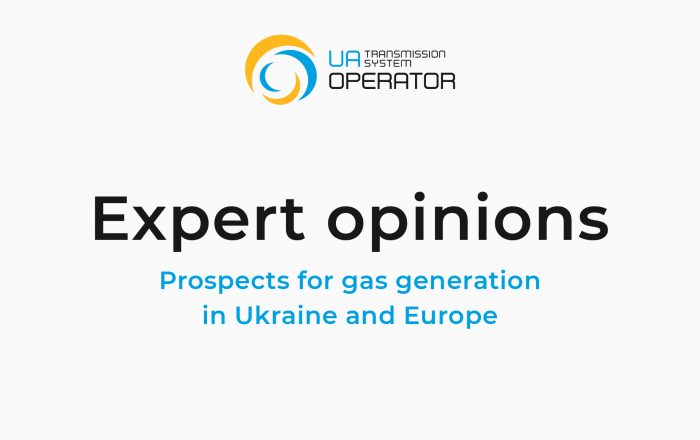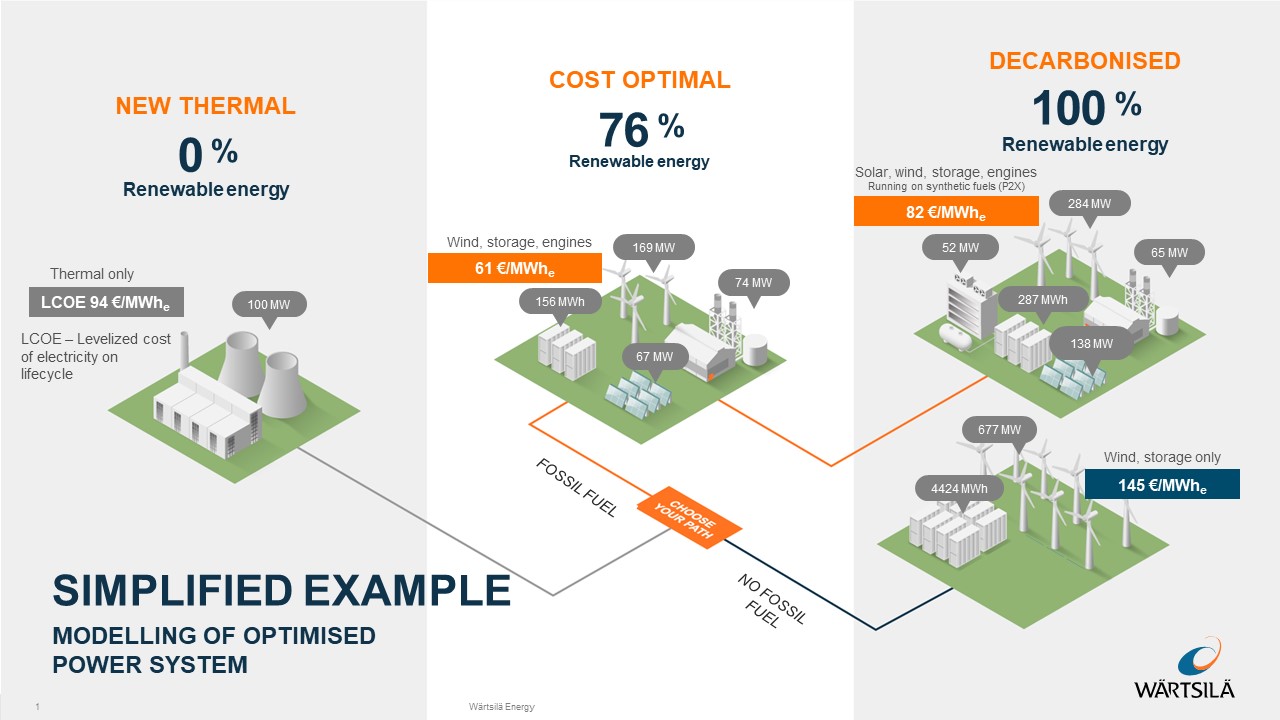Within the “Expert Opinion” project, the Ukrainian GTS Operator considers the topic «Prospects for Gas Generation in Ukraine and Europe.» We have asked energy market analysts in Ukraine and abroad about this sector’s development opportunities.
Implementing ideas for developing gas-fired power generation can be a reasonable solution to help the system balance in an emergency. However, in theory, gas-fired generation projects will be in demand to balance renewable energy sources (RES). Today, Ukrainian experts agree on the potential deficit reduction in the power system due to distributed gas generation.
Ukraine has a well-developed infrastructure for natural gas storage and transportation. The technology for generating electricity from natural gas is simple and well-established. For instance, the active use of gas compared to coal will not only simplify the technology and optimize logistics costs. Still, it will help our country comply with all its external environmental obligations. Yuriy Boyko, Advisor to the Prime Minister of Ukraine and member of the Supervisory Board of Ukrenergo, expressed this opinion.

«There are several key technical features of gas turbine/gas piston units (GTU/GPU): high maneuverability and low efficiency, quick installation due to the modular design, and the most increased cost per kWh produced if compared to technical competitors.
Taking this into account, as well as the current situation in the energy system, we can say the following:
- GTUs will take their place in the energy sector in the short and medium term;
- It is critical to implement this type of project this year in preparation for the winter season 23/24;
- The operation of such plants is unpractical in the 24/7 regime;
- To create economic preconditions for the operation of such units on a competitive basis, it is necessary to restore the electricity market significantly», summarized Yuriy Boyko.
«In terms of such projects implementation, it would be the best to attract private investment and ensure participation of large Western corporations», – says Olga Bielkova, Director of Government and International Affairs of GTSOU.

«We want to attract private investors to do the first highly efficient gas generation projects successful. For example, the Ukrainian GTS can already be considered a basis for developing decentralized balancing gas power generation. Such generating capacity can also be located directly at large energy consumer facilities. We see our task as maintaining an extensive, flexible gas transmission system to help make such investments efficiently and quickly and to store excess energy for further use during peak consumption hours», says Olga Bielkova.
Installations of solar panels and wind turbines in Europe had one of their best years to date in 2022. Solar capacity shot up by 41 gigawatts or 25% year on year to 209GW and is set to grow even faster in 2023, says Aura Sabadus, a senior journalist with the international energy think tank ICIS.

Meanwhile, Europe added 19GW of new wind capacity in 2022, a 40% year-on-year increase. The EU-27 is expected to build an average of 20GW annually through 2027.
While this is good news for the green transition it also creates the prospect of supply and price volatility because such types of generation are intermittent and therefore require backup baseload capacity to make up for periods when the sun does not shine or the wind does not blow.
Scaling up storage batteries is still an arduous work in progress, and electricity systems have so far been balanced by hydro or coal-fired generation.
However, with Europe experiencing last year its worst drought in the last 500 years, according to EU researchers, some countries ramped up gas-fired capacity to balance the system, even as gas prices were soaring to record levels.
«With Russia damaging more than 50% of the Ukrainian electricity infrastructure and much of the nuclear, renewable, and hydro generation capacity being either impaired or lost in occupied territories, Ukraine’s best option to balance the system is to use its available gas-fired generation. This may be an optimal solution in the short run, not least because gas-fired power plants can be ramped up and down at short notice, while also providing stable operation and a lower carbon footprint than coal-fired capacity. Ramping up gas-fired power plants could also help to absorb excess supplies, which remain stranded because of lower internal demand and a ban on domestic gas exports. In the longer-term Ukraine may consider replacing some of the old coal-fired power plants with efficient cogeneration gas-fired units which would guarantee backup supplies in the intermediate period of the green transition», – says Aura Sabadus.
As for practical examples, Leonid Unigovskyi, CEO of “Naftogazbudinformatika” LLC, invokes some interesting facts: in September 2022, the Swiss government completed the purchase of 8 mobile gas turbines TM2500 from General Electric with a 50 MW capacity each. In addition to gas, they can run on hydrogen. They will be used to improve the country’s energy security. The government also negotiates with other suppliers of mobile power plants. In March this year, the German government announced the construction of peak gas power plants with a 17-21 GW capacity and the ability to run on hydrogen. In other words, that provides a possibility of using excessive volumes of renewable resources that can be stored. The planned commissioning the date is 2030-2031.

«Thus,” the expert notes, “we can already talk about the emergence of “combined “natural gas plus hydrogen” energy, which uses in the world will increase. At the same time, in the long term, natural gas consumption is expected to decline globally, including for electricity generation. In this case, storage facilities, distributed generation, and the so-called «combined energy» based on hydrogen will largely take the function of reserve capacities».
Predrag Grujicic, Energy Community Secretariat, Head of Gas Unit, says that the decline of (natural) gas production in Europe has been steady for years and accelerating as of late mainly due to the closing of the Dutch production sites for safety concerns. New production sites in Europe are rare, for example, the Black sea basin in Romania was stagnating but is gaining attention to advance currently. Ukraine has had ambitious plans which the war has postponed and is unlikely that they would be revisited soon.

«The major companies are diverting their portfolios from classic natural gas production in Europe in particular, with some business cases around the world (business as usual) but slowly abandoning. Should Europe be more focused on its production in the context of the policy of no more Russian supplies – sure it should. That would mean increased security of supply at home. However, the EU is, through REpowerEU and other initiatives, looking at new gases – biomethane, biogas, and hydrogen, which would bring us closer and faster to zero emission targets in 2050», – says Predrag Grujicic.
However, analyzing global electricity markets and modeling more than 190 power systems using the high-precision PLEXOS software system allows us to state with great confidence that natural gas will preserve its significant role for a long time. It could be as long as ten or fifteen years, depending on the region, predicts Igor Petryk, Market Development Director at «Wärtsilä Energy Business Eastern Europe». Ultimately, it will remain so until renewable fuels such as green hydrogen or its synthetic derivatives replace natural gas. And this will happen when fully developed markets for renewable fuels with sufficient supply appears.

«European countries have different starting positions. Bulgaria or Poland, for example, is heavily dependent on coal, so their energy transition will require the decommissioning of coal-fired power plants and their replacement with a combination of renewables and maneuverable gas. Therefore, we should expect increased gas demand during the transition period, which may last decades. The transition from conventional to fully carbon-free power systems will be cheaper if, instead of building excess RES and battery capacity, we use existing or new gas-fired highly maneuverable power plants, such as gas piston power plants. These stations will then play an essential role in the transition and even a carbon-free system. They will switch to the new fuel when it is economically feasible. Ukraine has a unique opportunity to jump over the stage of creating inflexible gas generation, which it does not have now (except for gas-fired thermal power plants and gas-oil units). We can plan a new energy system, replacing coal generation with a combination of renewable energy sources and highly flexible gas facilities. It will be the decentralized, distributed energy system that President Zelenskyy spoke about», – the expert notes.
Preparations for the next winter should start right now. Taking into account all possible scenarios and the strengths of the Ukrainian energy system,” said Mykola Kadenskyi, Head of the Network Development Division at Gas TSO of Ukraine.

«An effective component in the operational planning of measures to maintain energy security can be flexible mobile generation based on gas turbines. Such technologies are quite efficient, can be quickly installed on the base of the existing gas infrastructure, and can quickly provide power in a critical situation. This reliable reserve will secure the entire energy system if necessary. In the current environment, it is necessary to simplify the procedures for such capacity launch as much as possible. At the same time, after our joint victory, we will need to return to long-term strategies planning and implementation», – the expert noted.

